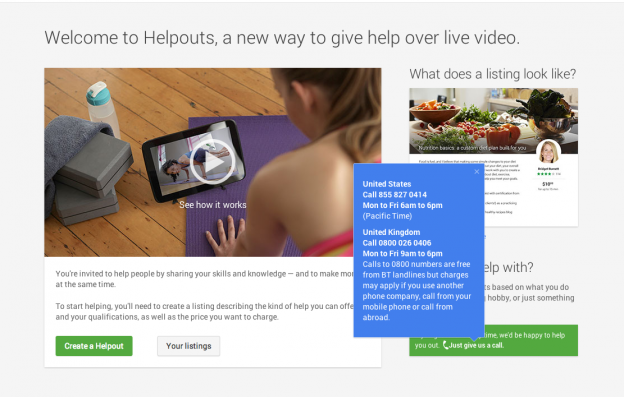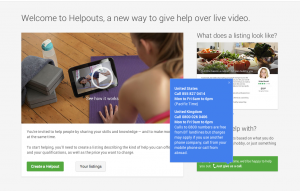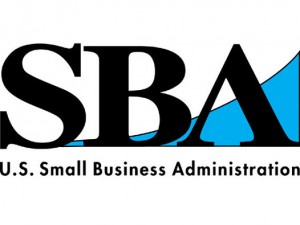Ever since the concept of crowdfunding began to gain momentum three years ago, there has been no shortage of crowdfunding platforms matching individual investors with those looking to raise money for their projects and causes. But, a few of these solutions have got some pretty creative and promising angles, and they pose a serious threat to the traditional, institutional methods of raising money. Here are a few unique crowd funding platforms you may not know about, but should definitely keep your eye on:
 1. SoFi
1. SoFi
SoFi (short for Social Financing) is a platform that helps students refinance their loans in order to save them money. According to their website, they can help students achieve an average savings of $9,400 over the lifetime of the typical loan. But, that’s not all that SoFi offers. Student borrowers can access other benefits, such as entrepreneurship support, career coaching and unemployment protection. This platform is only designed for accredited investors, but all borrowers can apply.
Crowd Settlements is a nontraditional, asset-based marketplace that allows holders of legal settlements, such as lottery winnings, tax liens, and annuities, to access their money in a lump sum instead of waiting for the future payments. Like SoFi above, the platform is targeted to accredited investors who then bid on these assets.
Experiment.com seeks to change the way that scientific research is funded. Researchers post projects and ask for public donations. In exchange, backers are provided with experiment “insights” as well as project notes and updates. Not only do scientists have a new, untapped source of funding to further their research, but backers can better understand and appreciate what they are funding.
4. Pave
Pave’s uniqueness is that it allows people to invest in the person behind a project. It connects motivated young people with investors willing to bet on their future success. The money raised could be used to launch a new business idea, cover time off to learn new skills, or pursue a community-development project. Borrowers then repay their loans based on their income over a 5 to 10 year period.
5. Unbound
Unbound’s claim to fame is that it gives readers a say in which books get published. On Unbound, authors can publish anything they raise funding for. They start writing after reaching their funding goals, and their supporters get the opportunity to interact with the author as the book is being written.
DonorsChoose is taking the problem of underfunded classrooms to the Internet. Though the organization has been around since 2000, it exponentially increased its reach and buying power with its own crowdfunding platform. There, public school teachers post classroom project requests that can include, writing utensils, books, money to cover a field trip or buy a microscope. Since its founding, DonorsChoose has raised $225 million for more than 400,000 classroom projects.
7. Patreon.com
Patreon allows artists to sell their work directly to their fans. Subscribers pay a set amount every time the artist they support releases a new piece of content. That way, artists can keep doing what they are doing, while earning money on it, and thus do even more.
8. Fundrise.com
Fundrise aims to change the rules of investing in commercial real estate. The platform allows anyone to buy shares in a piece of property. Shareholders then make money on tenants’ rental payments as well as appreciation of the real estate.
Did I miss any unique crowdfunding sites? Let us know in the comment section below.











